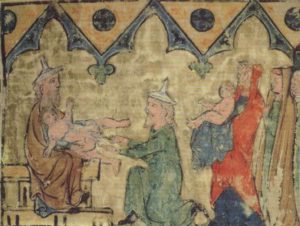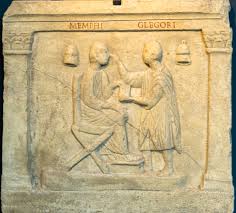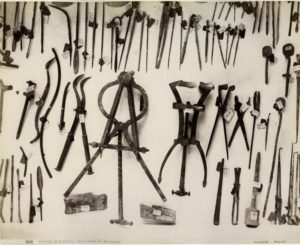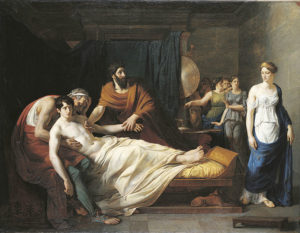Ancient Roman Surgery Tools and Techniques: Roman medicine and surgery was a combination of physical techniques using various tools and holistic medicine using rituals and religious belief systems.

Roman surgeons were highly advanced and skilled professionals. A detailed knowledge of anatomy and its functions led to many surgical operations in line with success rates enjoyed in the modern era.
Ancient Roman Surgery tools
In Roman Surgery Tools, most surgeries in the ancient world were likely of the low impact variety such as tumor removal and hernia operations, while more extensive surgeries certainly occurred under military care.
Cataract Surgery
Cataract surgery was known. A thin needle was pushed through the eye to break up the cataract and the remaining pieces suctioned out through a long tube.

Evidence suggests this procedure at least had a moderate rate of vision improvement success.
Thoracic Surgery
Thoracic surgery was rarely attempted, except for procedures to remove arrows and other projectiles and to close abdominal wounds. Roman practitioners could surgically reduce limb fractures when non-surgical methods failed, and they knew about (but rarely attempted) tracheal procedures to restore breathing and reconstruct tracheal openings.
Roman Surgery Facts
Roman surgeons did internal and external suturing and tied ligatures around blood vessels and used cauterization to stop bleeding.

This was particularly important in amputations, which might be carried out to prevent the spread of infection, tumors, gangrene, or in the case of industrial accidents, or war injuries. An ancillary profession, the construction of limb prostheses, was soon established.
Ancient Roman surgeons
Ancient Roman surgeons had a wide range of painkillers and sedatives to help in surgery, including extracts of opium poppies (morphine) and of henbane seeds (scopolamine).

There is little doubt that the many folk remedies used throughout the Roman Empire were tested in battle by Roman physicians on wounded and ailing soldiers, who sifted through and found the treatments and methods with the most useful effects. Further, the bureaucracy of Rome ensured that the treatments were recorded and taught in the medical school.
Minor Plastic Surgery
It was war injuries, of course, that really advanced Roman surgery. Roman surgeons also possessed great skill sat several forms of minor plastic surgery. They did facial and other repairs, removed growths, etc. The most common operation appears to have been male de-circumcision.
Reversal of genital mutilation, which might have been the result of religious observance or mischance, was an important procedure which one would seek in order to avoid embarrassment when appearing naked at the baths or in the gymnasia.
Roman Medical Instruments
One of the most spectacular, but fearsome looking, Roman medical instruments is the vaginal dilator or speculum (dioptra). It comprises a Priapiscus with 2 (or sometimes 3 or 4) dovetailing valves which are opened and closed by a handle with a screw mechanism, an arrangement that was still to be found in the specula of 18th-century Europe.

Invention in Medical Filed
Soranus is the first author who makes mention of the speculum specially made for the vagina. Graeco-Roman writers on gynecology and obstetrics frequently recommend its use in the diagnosis and treatment of vaginal and uterine disorders, yet it is one of the rarest surviving medical instruments.

After operations on the nose, rectum, vagina, etc., it was usual to insert a tube of lead or bronze called Plumbea fistula to prevent contraction or adhesion and also to convey medicaments.
More info on- Roman Doctors, medicine, hospitals



